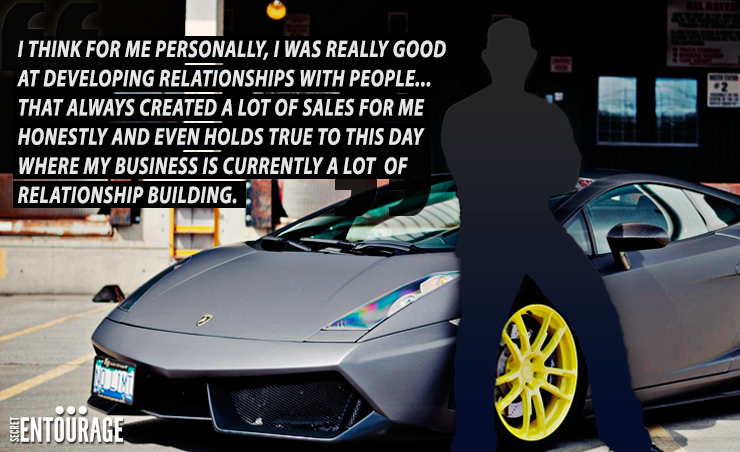
My parents actually were in the hospitality industry. They owned and operated a motel with a restaurant and RV park so I grew up in an entrepreneurial, self-employment type of environment. When I was growing up, I was always very interested in being a part of that. By my early teens, I really was not very interested in school and pretty much dropped out in 9th grade. My reason for doing that wasn’t just because I wanted to go out and have fun but rather to learn how to create income and make my own money. My parents both have formal academic educations with university degrees. My mom went to one of the more prestigious hospitality universities in Switzerland and my dad went to University of British Columbia. They weren’t too happy about it but regardless, that was what I had my mind set on doing and so I went to work for the family business and did that for a number of years.
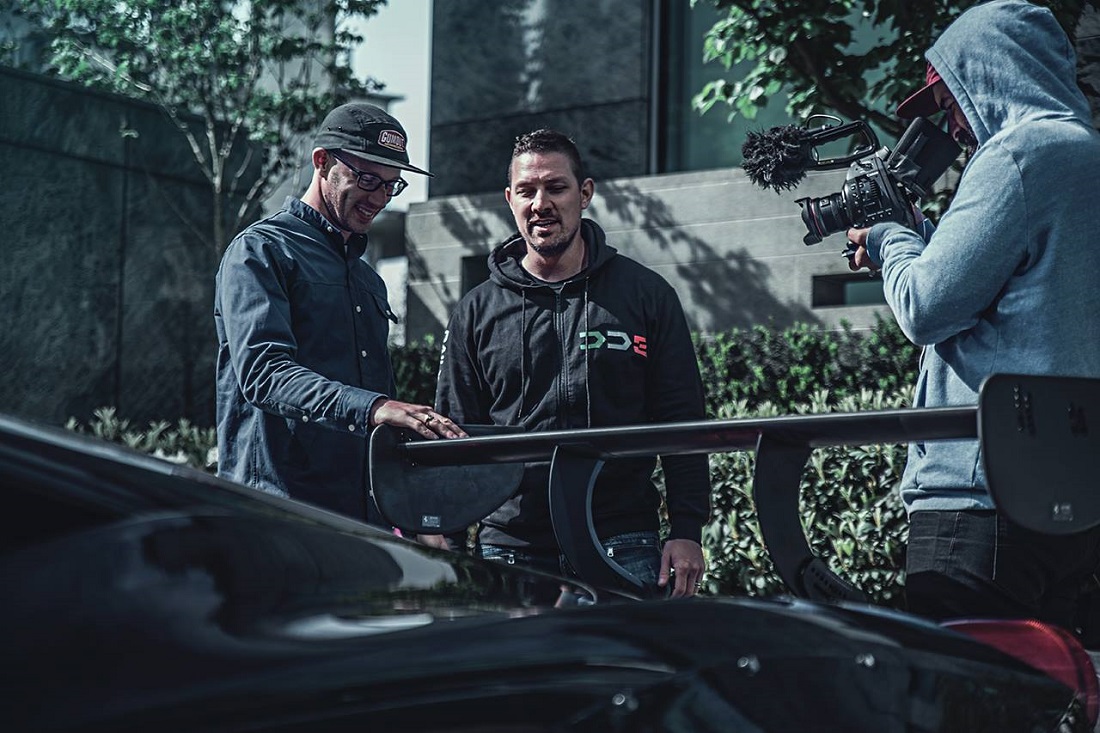
Eventually, I moved on to other things. I ended up doing retail sales with a big company called The Brick, which sells furniture and appliances. I had a successful career in sales which was good. It added to the people skills I had developed working with my family’s restaurant and then showed me how to actually use that in a manner to achieve a higher ceiling because I wasn’t on an hourly salary and not depending on tips. Since I was actually creating sales I was getting a percentage of that and made a lot more money. After doing that for a number of years as senior sales consultant, they actually offered me a position to go and run a smaller location which I did with a friend, so I played a lot of different roles in that company over those four years – from sales to management to even a commercial sales division where I was dealing directly with developers and selling large packages.

I saw that the restaurant industry was a very tough industry. It took a lot of your time so I was looking to develop a business on my own that gave me more freedom along with the income to go along with it. My parents worked an insane amount of hours and never really had a lot of free time. Even if they did, they were just always there. It’s like they have to babysit the project and I didn’t really like that.

You always need to be closing. There are a lot of different aspects to that, some people are a little more aggressive, some people have a closing technique where it might not be as aggressive but definitely, always be closing. I think for me personally, I was really good at developing relationships with people and through those relationships, I have always found that you if can make someone like you, they are a lot more inclined to buy something. My technique was making sure that I targeted what the value was, what they were looking for in an item and then I would always refer back to that so that they would agree with me. Also at the same time, sharing just some personal information about myself and trying to get them to talk because if I could find that common ground, it was easier for each other to talk about something because you have a similar interest. That always created a lot of sales for me honestly and even holds true to this day where my business is currently a lot of relationship building.

While working at the Brick, one of my managers had a brother that would pop into the store every once in a while and we basically all went out one night to have some drinks. After having a couple of drinks and talking to the guy, we had a lot of similar interests and goals. We became friends and through being friends, you get to learn what someone currently does for their income and lifestyle, and this guy just had more disposable income and more free time than anybody I had ever met. I had known a lot of people with good careers but if they had money, they didn’t necessarily always have a lot of free time or vice versa.
That’s what I wanted so luckily through that relationship; he offered to show me exactly what he did which was email marketing, specifically affiliate marketing so he didn’t own any of his own products and services. He was going through a middle person who had already developed those relationships with the advertisers and then was given a web page that had all the sales content and everything already created. What he needed to do was basically deliver traffic through email lists and that’s how we got started.
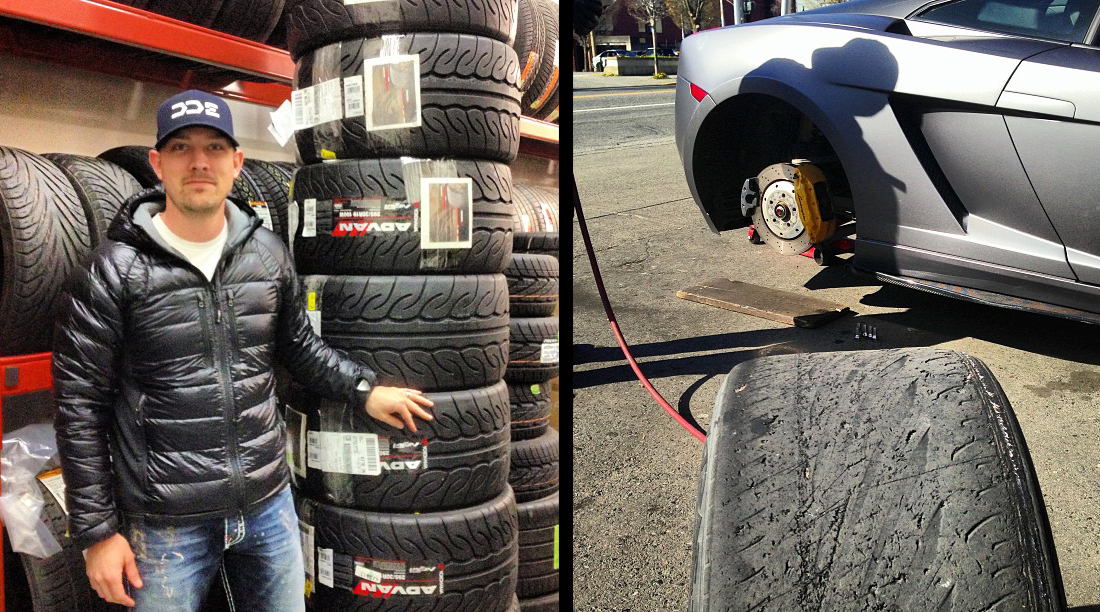
I specifically do email but also work with a team of guys that use the Facebook ad platform to deliver other types of ads more internationally because it’s a lot easier to use the Facebook platform to target people in a specific country. If you use the Facebook platform, it tells you if you pick male, the states, ages 18-41, a number on how many people you can potentially reach. That’s a really cool delivery method as well but email is my number one priority.

There are a couple of different methods. First of all, you can use what’s called an email service provider. It’s an email company that’s basically set up where they have all the software and hardware to send bulk emails to the consumer. It’s kind of like a turnkey operation. The downside to that is they technically control the content and the amount of volume that you can send because they are going to have only so many IP addresses. IPs is obviously what’s sending the traffic and identifies who the traffic is coming from. You don’t want to necessarily be limited because the big money is in the volume. It’s also in quality so I learned that you need to have your own software. So the first key part is starting to build the pieces you need in order to deliver email in the first place.

The next thing is you need to really have a solid piece of software that’s going to be your main driving force. You either need to lease it or outright buy it. I didn’t have a ton of money when I first started so I got onto a payment program where for seven months, you pay $2,000 a month until you paid off your license and then you eventually own your license and all you’d ever need to follow up with is any maintenance. With RoboMail, their software just needs to be installed onto a server that meets certain requirements to be able to manage that software. It’s all web based so I have an actual interface that I can go to. Within the interface I can basically send emails and create my campaigns and all that.

So he had this large database of AOL addresses that was basically just sitting there and not being used. I said to him, “I’ll clean it to get rid of all the dead and inactive addresses and in return, I can deliver a clean AOL list back to you and because I know how to email AOL, I can show you how to deliver your own list that you get back if you let me keep the data in return.” He said, “Yeah, sure. Let’s do it.”
Email list databases are very expensive. People like to put different values on it but regardless at the end of the day, data is expensive to buy so but I was fortunate enough to do a trade for my services to help get my initial list. Again, it came down to relationships. Everything I’ve done in this business is pretty much through relationships.

You’re not really using your own hardware or software. You’re being limited because if you’re using someone else’s services, they control how much volume you can send, they are going to control what type of creative you can design, and what your subject line and stuff is. For instance, if you write a subject line that they might not agree with, it’s going to predetermine whether it’s going to get a high spam score or not. When you run your own software, you don’t have to deal with any of that stuff essentially. You can make an email say whatever you want it to say and send it out. No one is going to look at it except for the Domain company. IE: AOL, Gmail, Yahoo, etc.
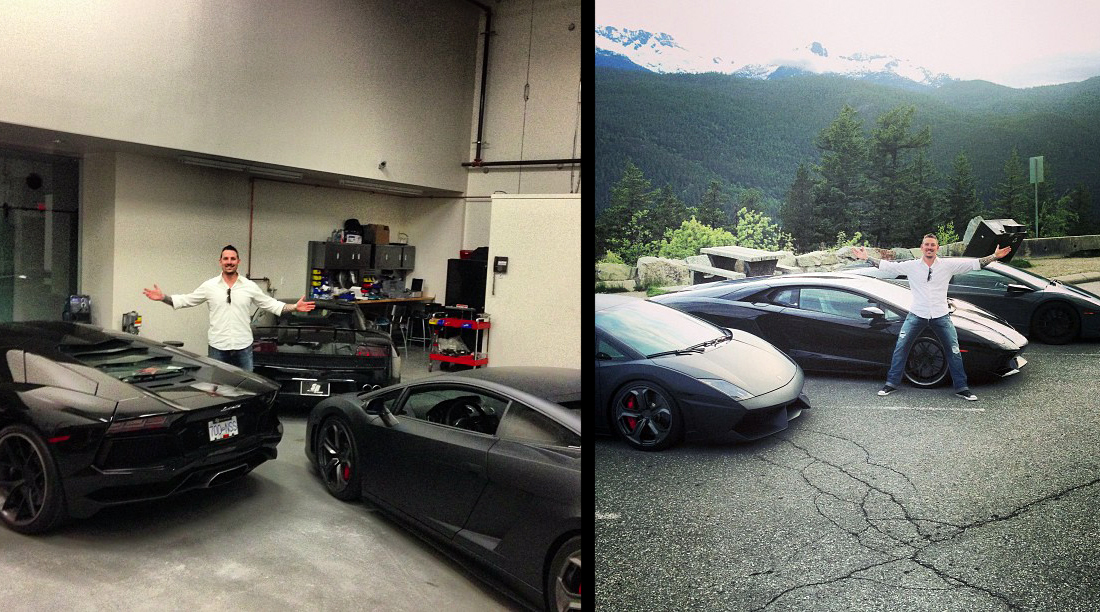
By sending affiliate offers, I’m not sending my own branded offer, product, or service, I’m sending somebody else’s. That means that my list is going to be getting a different offer, product or service all the time so those people are like third party opted in. They basically opted into a website where they either knew or didn’t know the box was pre-checked that says we have the right when you subscribe to remarket you with other people’s services from third parties. For example, you guys have an email marketing list for Secret Entourage, those people are not going to complain a lot because they are expecting your email traffic.


I mainly do CPA (cost per action) offers but also do some CPC (cost per click) offers where I get paid on the click but at the end of the day, it’s all the same. If you’re running an offer that’s paying you on the click and you have 100 people click on an offer and only one person actually follows through on the backend, that’s what they call bad quality. You’re getting paid based on quality. So if quality on the backend is not converting to sales they won’t let you run that CPC offer for long.

For instance, I currently have an offer with Norton Antivirus. Everybody knows who Norton is and it’s branded. It’s their logos and it goes through a real Norton landing page so if you send an offer like that out and people are very familiar with it, even if they are not interested in the offer currently, a lot of other times, they will delete it opposed to hitting the spam button because they are just familiar with it.
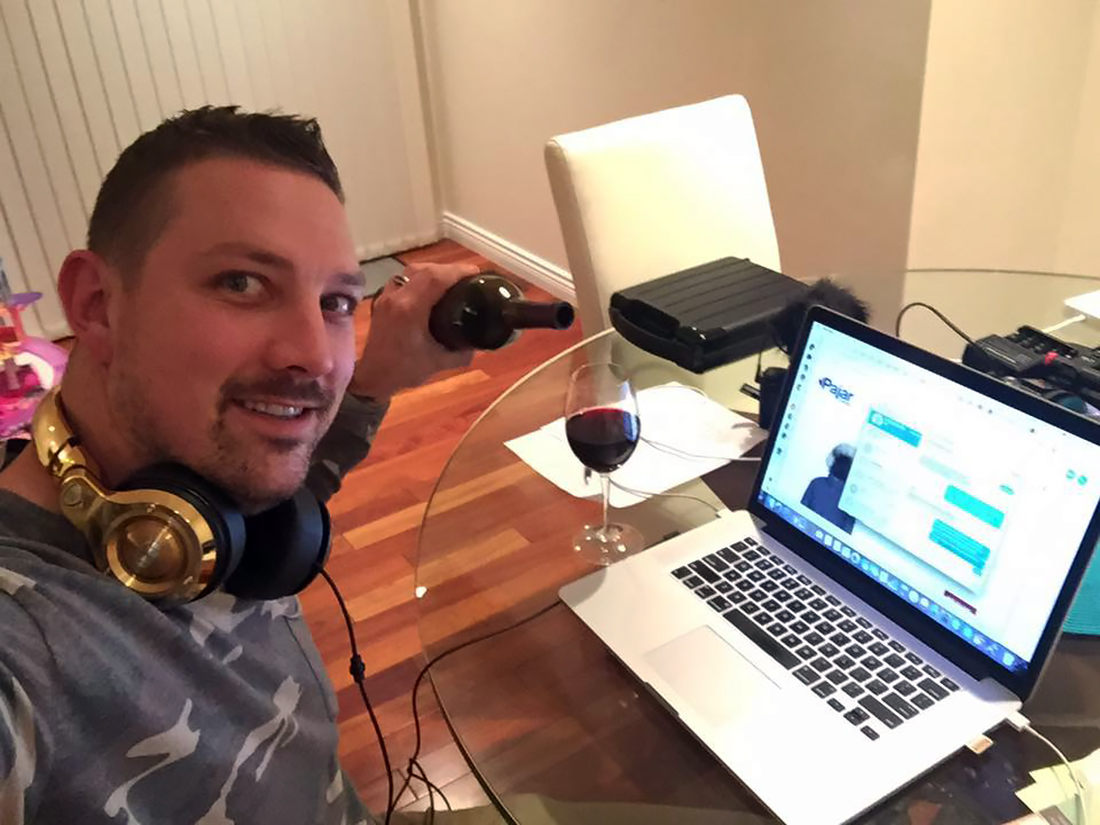


I’ve always done the bulk stuff where I’ll send it to the whole list and my software tracks everything. For instance, for a first time dating offer or a diet offer, I might create a new list in my software and then I’ll see how many people actually opened and click because that shows interest in the offer. Then I’ll take that smaller list that I get and I’ll put it off to the side under a diet title so in the future, I can build up a small database of people who have shown interest in weight loss products which allows me to market any other weight loss products to that smaller, more targeted group of people. I do spend time segmenting my list into smaller groups.

On average a million emails but it’s not really a lot. It sounds like a lot when you think about it but you’d be surprised. It depends on your data and what domain you’re targeting but sending a million emails doesn’t necessarily mean you’re going to make a ton of money. I’ve had times where you send a million emails and an offer that no one is interested in and made like $50. The more email you can send, the more money you’re going to make but because you’re sending to AOL, Hotmail, or Yahoo, they all have mechanisms in place to prevent people from spamming obviously.



People open emails based on what they see in the subject line so you can have two guys that literally send the same offer and have way different open rates. It comes down to doing a lot of testing. If you can do some small tests on a more targeted list like we talked about earlier, you can build your offer in a few different ways. You might build two offers with the same creative in them but change the subject lines. After you send it to your list, you’ll see what the response is, and you’ll obviously go with the better one and tweak it.


With AOL, it’s important I think a lot of the times to send images. People seem to respond better to those than to just simple text offers. I know depending on what domain you’re sending, some people will just send text offers because they find it’s easier to inbox. A lot of the filters might pick up big images and links so again, it comes down to what domain you’re specifically targeting. We’re talking AOL. AOL is going to work better with images and I hear that a lot from a lot of other AOL email marketers.
Sending emails on Monday, Tuesday, Wednesday morning is pretty solid. That’s a good time to send emails. People are back in the office, back in work and everyone is checking their emails. That has always been the big homeruns for me. So early in the week, early in the morning, and making sure that the emails are either going out or just finishing going out right in that kind of 7-9 AM time frame. You have to remember, you can’t hit all emails at the same time. It’s a process where the mailer is running, it might take an hour or two hours for 1.5-2 million emails records to go depending on how fast you can try to deliver that.

Absolutely, I think a lot of people worry about it. They worry about it on different levels. You’re not just worried that one day the domains you’re mailing are just going to have some crazy algorithm that is never going to let your email into the inbox. It’s impossible to think that no one is going to stop delivering email but you worry about what delivery rates are going to be like. You also worry on a resource level because everything is run off IPs and as a lot of people in the online space know, IPv4 is done. They are not creating any more IPv4 addresses and are moving on to IPv6. Not a lot of domains allow IPv6 IPs to mail so it’s like you have this dwindling resources of IPs that are clean and good for email delivery. I think a lot of email marketers are looking over their shoulders for when this might all come down.
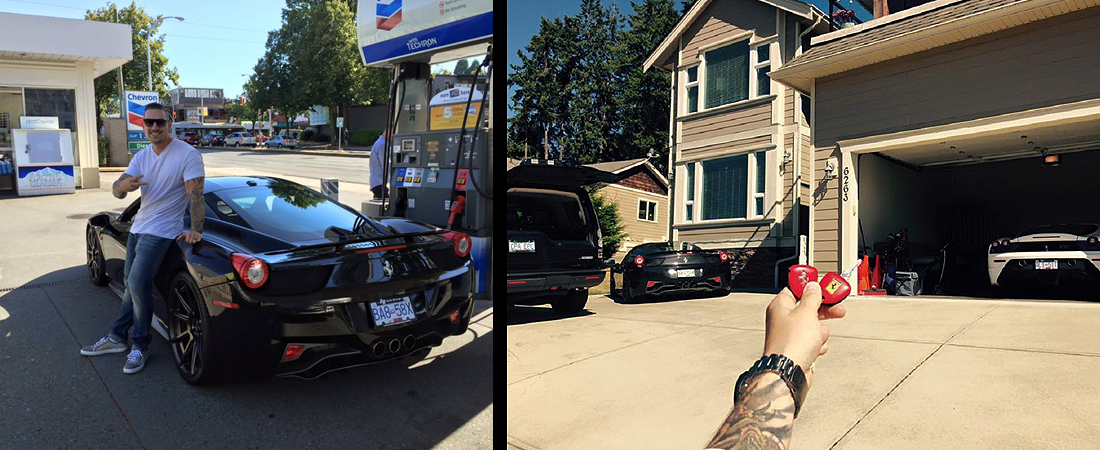
I think the most important thing with getting into this industry is going to a conference and really meeting all these people in one place under one roof and really putting your company and business plan together from that. These are conferences like Affiliate Summit or Ad Tech. If you want to get into the industry, I recommend going there. Everything is going to be under one roof with all the resources you need. If you really wanted to get into email marketing, I would say pick a good affiliate network, like Adknowledge, W4, or Millionaire Network. Go and ask for some help with resources through those companies and they will usually point you in the right direction because if you’re making money, they are going to make money.
You’re going to need a decent amount of capital to start. I would say realistically in the neighborhood of at least $50,000. If you have a solid mentor, you can get your business off the ground and profitable within the first few days. Some people who might not be that successful or have someone to really hold their hand might go through cash burn for the first little while with trial and error. Servers and IPs are all re-occurring charges so you’ll be renting servers and IP space. You’re going to pay that bill every month so you are going to need the cash flow and the capital to keep that going while you’re learning what’s going to work and how to get good return on investment.

I absolutely love exotic vehicles and I recently started a Facebook page called Daily Driven Exotic Cars. It’s really to give content to the consumer where you have all these fancy exotic vehicles that typically people only see in a perfect pristine condition. I want to give some content to the car enthusiast who appreciates seeing those cars in the environment. You don’t typically see exotics driven in the rain or as crazy as driving a $250,000+ car in the mud. That’s the type of content we’re delivering.
We also created a YouTube channel that’s going to host similar content like interviews with car owners with exotic cars. Now, this might sound like it’s all just for fun to get some cool content but again, the end result would be to use this online delivery method to create again another type of list. Car enthusiasts enjoy a lot of different things and hopefully we have a way that we can turn that into marketing dollars. YouTube has a partnership program where if you’ve got a good subscriber base and getting a lot of views, you can eventually apply for a partnership where you get paid a portion of the profits from those ads that you see at the beginning of all their videos.
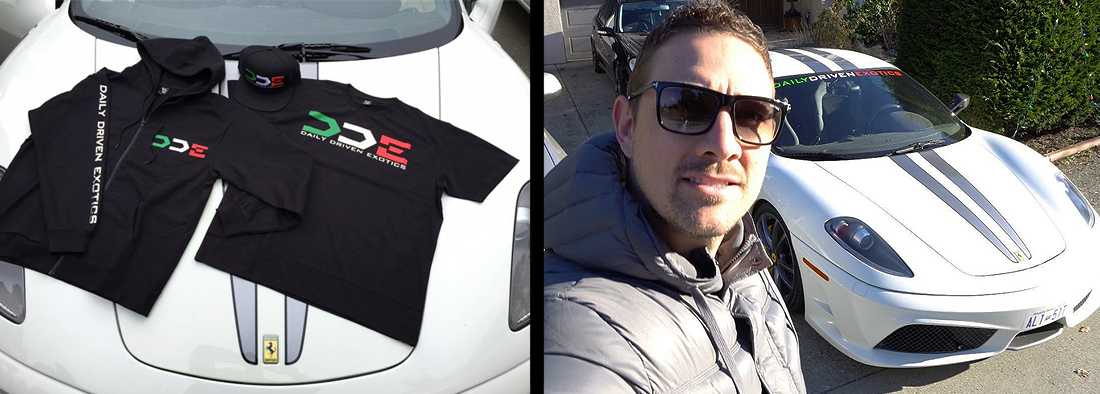
It gets driven almost every day or when I have a chance to drive it. I have a couple of beautiful young daughters and a wife so we also have a Range Rover Sport that I typically will drive us around in on the weekends if we’re doing family outings, but every other day of the week, that car is being driven to and from the bank or the grocery store, the gym, or out for just a cruise with a buddy or coffee shop. It literally goes everywhere and it’s amazing the reaction you get because a lot of people just think that to drive one of those cars, the maintenance is going to cost you an arm and a leg. It is obviously more expensive than the average car but it’s not the end of the world. It’s very manageable and there are some things that we’re going to do with the car that can really showcase that it could be a daily driven car while at the same time, it can maintain its raw racing heritage as we’ll shoot the videos that are pretty out of this world.




